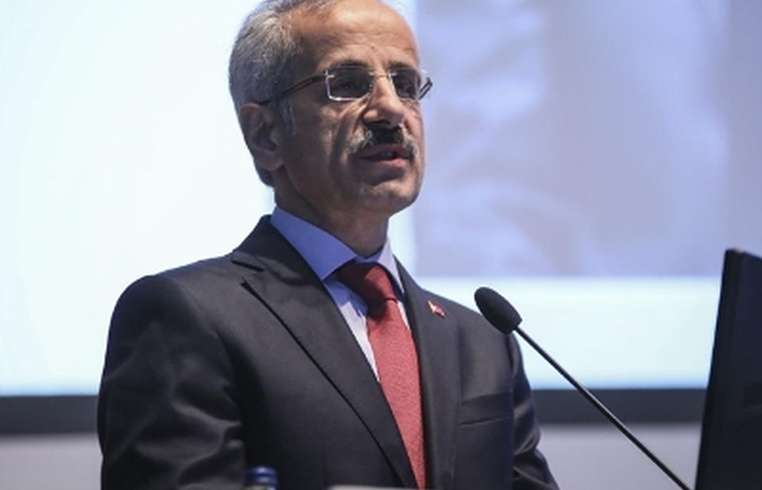
News - UK envoy: Exhibition of Goddess Anahit’s bust will bring many tourists to Armenia
Business Strategy
UK envoy: Exhibition of Goddess Anahit’s bust will bring many tourists to Armenia

I realize how important the image of Goddess Anahit is for all Armenians, and I am really pleased that this collaboration between the British Museum and the History Museum of Armenia made this event possible in Yerevan. The United Kingdom (UK) Ambassador to Armenia, John Gallagher, said this on the live broadcast of the Public Television of Armenia Monday—and referring to the exhibition in Armenia of the exhibits preserved from the statue of the Goddess Anahit. It is truly wonderful that the British Museum has found new partners to share the treasures it holds. The museum has more than 5,000 exhibits from around the world, and it's wonderful that we found something that resonates in the hearts of the people of Armenia, Ambassador Gallagher said. Also, he believes that the exhibition of the statue of the Goddess Anahit will bring many tourists to Armenia. This is a valuable way to highlight the richness of Armenian culture and the fact that the British Museum has a role to play in sharing that story with the world. And bringing it to Armenia provides an opportunity for Armenians to better appreciate the richness of their own culture, added the UK ambassador to Armenia. The statue of Anahit, the Armenian goddess of fertility and motherhood, has been brought from the UK to Armenia for about six months. The History Museum of Armenia prepared a document package with the British Museum, where the bronze head and left hand of the Goddess Anahit were kept, and both are in Armenia now. The bronze statue of the Goddess Anahit has never been exhibited in Armenia. According to the website of the British Museum, bust of Anahit was found in the 1870s in the Satala settlement of Erzurum, Turkey. Several antiquities dealers passed it from hand to hand, and, ultimately, this bust of Anahit was acquired by the British Museum. The remaining head and left hand from the bust will be displayed at the History Museum of Armenia for about six months.






